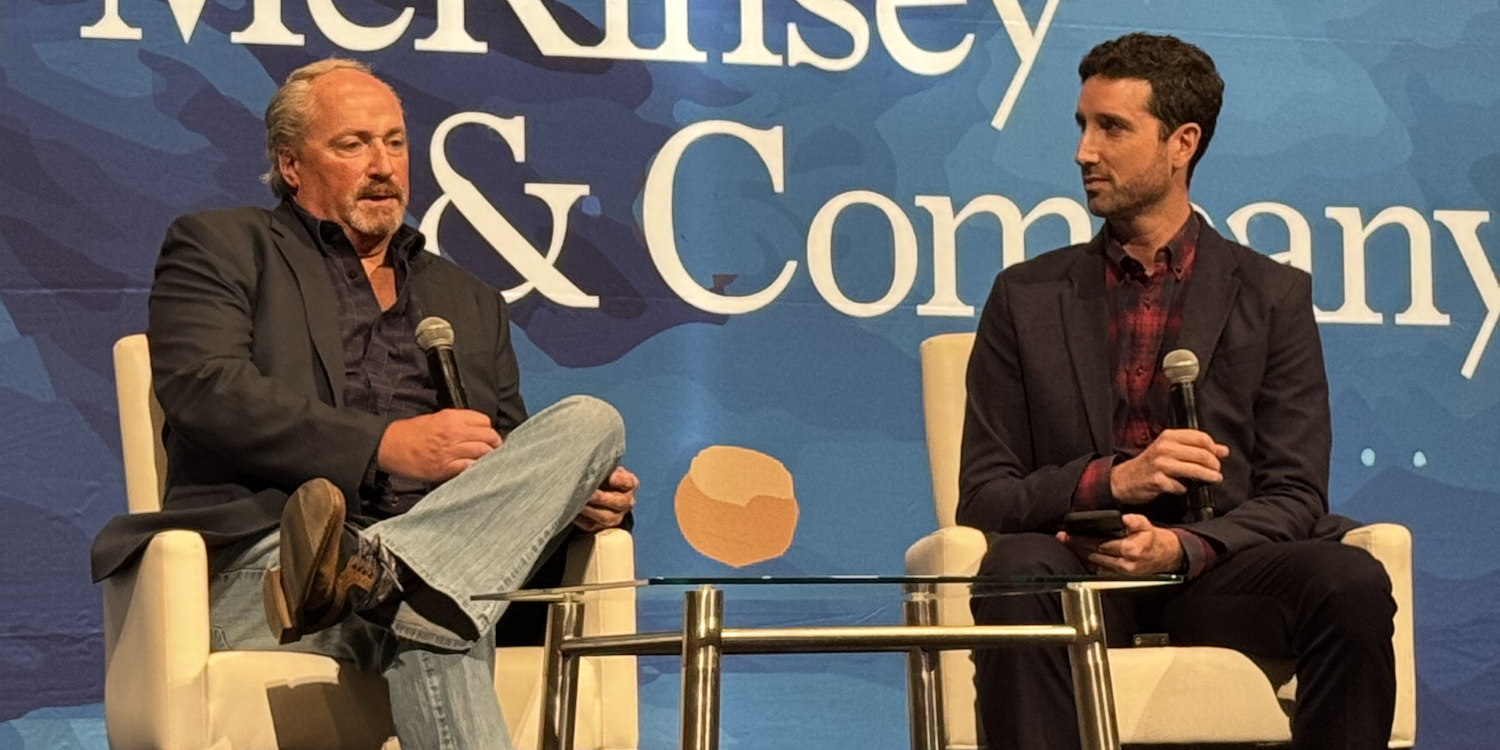At InsurTech Connect Vegas 2024, Matt Murphy, Vice President of SIU Anti-Fraud Programs at The Hartford and Board Chair for the National Insurance Crime Bureau (NICB), and Tom Rasmussen, VP of Claims Product at Carpe Data, discussed the evolving landscape of insurance fraud detection and prevention. Their discussion covered the history of fraud, the role of technology in upending traditional fraud detection methods, and the industry’s collaborative efforts to combat a problem that costs carriers and policyholders hundreds of billions annually.
The Growing Challenge of Insurance Fraud
Matt Murphy began by recounting his early days in the industry during the 1980s, when fraud detection relied on rudimentary tools like post-it notes and basic investigative techniques. Murphy highlighted how insurance fraud has evolved from individual schemes to more organized, sophisticated networks that operate both domestically and internationally. These networks are adept at shifting tactics to target different areas of insurance as they find vulnerabilities in claims and underwriting processes. “Fraudsters are like water; they flow to where the money is,” Murphy said.
Organized crime rings have become increasingly prevalent, using offshore actors and complex schemes that move from one insurer to another, exploiting the industry’s fragmented data systems. Murphy stressed the need for collaborative efforts to combat these rings, citing the importance of organizations like the NICB and the Coalition Against Insurance Fraud, which facilitate data sharing among insurers. “It’s a $308 billion problem per year for the U.S. economy,” he noted, likening it to the financial impact of several catastrophic natural disasters occurring annually.
The Role of Technology in Fraud Detection
A key theme of the discussion was the role of technology in both enabling and combating fraud. Murphy explained how advances in analytics and artificial intelligence (AI) have transformed the industry’s approach to fraud detection. In the past, claims handlers might have unknowingly handled multiple fraudulent claims from the same actors. Today, AI and data analytics allow insurers to detect patterns and connections that would have been missed before.
One of the most significant challenges Murphy identified was the rise of “low-touch and no-touch workflows” enabled by AI. While these technologies have streamlined claim processing, they also provide new opportunities for fraudsters. He described how fraudsters test insurers’ systems by submitting numerous low-value claims to see which ones get paid. “It’s a phishing expedition,” Murphy said, explaining how bad actors learn the workflows and then flood the system with fraudulent claims.
Tom Rasmussen added that companies like Carpe Data are working to provide insurers with third-party data to enhance fraud detection. By integrating external data sources into analytics platforms, insurers can better understand who they are insuring and detect inconsistencies that could indicate fraud. “The more data you layer, the closer you get to resolving an entity,” Rasmussen noted.
Collaboration and Information Sharing
The conversation also touched on the importance of collaboration within the industry. While SIU teams at different insurers are often competitors in the marketplace, they work closely together to share intelligence and fight fraud. Murphy emphasized the need for more streamlined information sharing, especially in light of increasing regulatory and privacy concerns. “It’s a strength and a weakness,” he said, referring to the challenges of balancing collaboration with legal and privacy restrictions.
Despite these challenges, Murphy remains optimistic about the future. The industry is moving towards more secure, cloud-based solutions where data can be analyzed without leaving insurers’ environments. This approach helps mitigate privacy concerns while allowing for effective fraud detection.
The Future of Fraud Detection
Looking ahead, both Murphy and Rasmussen agreed that the future of fraud detection will rely heavily on AI and other emerging technologies. Murphy outlined how AI could streamline investigative processes by summarizing claim files, highlighting inconsistencies, and even generating reports based on evidence gathered from multiple sources. However, he also warned that fraudsters are leveraging the same technology, using AI to generate fake documents and even clone voices to deceive insurers.
As fraudsters continue to adapt, the insurance industry must stay one step ahead. Murphy described it as a “cat and mouse game,” but one that the industry is increasingly equipped to win through technological innovation and cross-industry collaboration.
Key Takeaways
- Fraud is a massive and evolving problem: Insurance fraud costs the U.S. $308 billion annually, with organized crime rings increasingly targeting the industry.
- Technology is both a tool and a threat: AI and data analytics have revolutionized fraud detection, but they also provide new opportunities for fraudsters.
- Collaboration is essential: Insurers must work together to share data and intelligence, despite regulatory and privacy challenges.
- AI will play a critical role in the future: From identifying fraud to streamlining investigations, AI is set to transform how insurers combat fraud.
As the industry continues to evolve, insurers must remain vigilant, embracing new technologies while fostering collaboration to stay ahead of increasingly sophisticated fraudsters.

